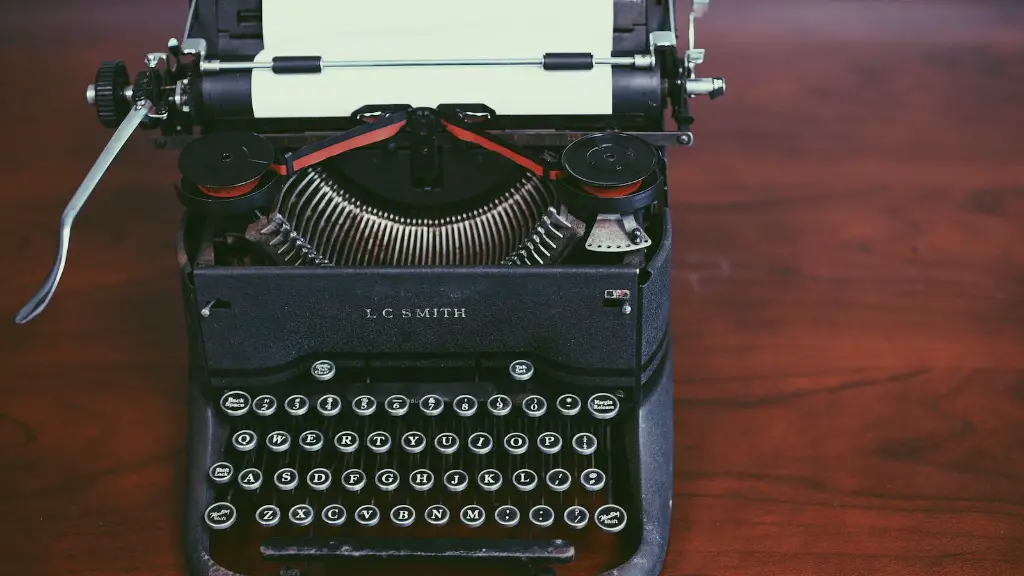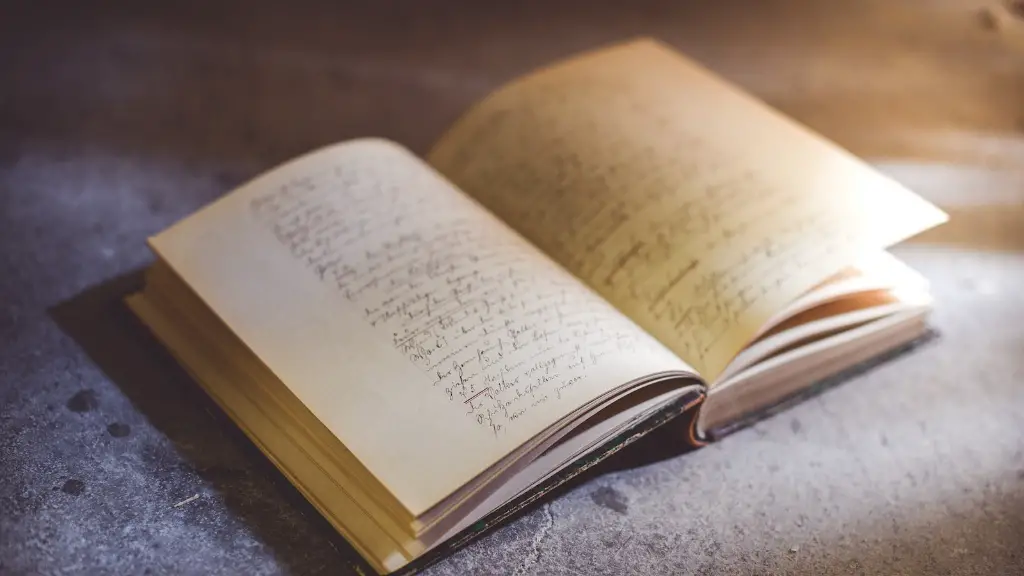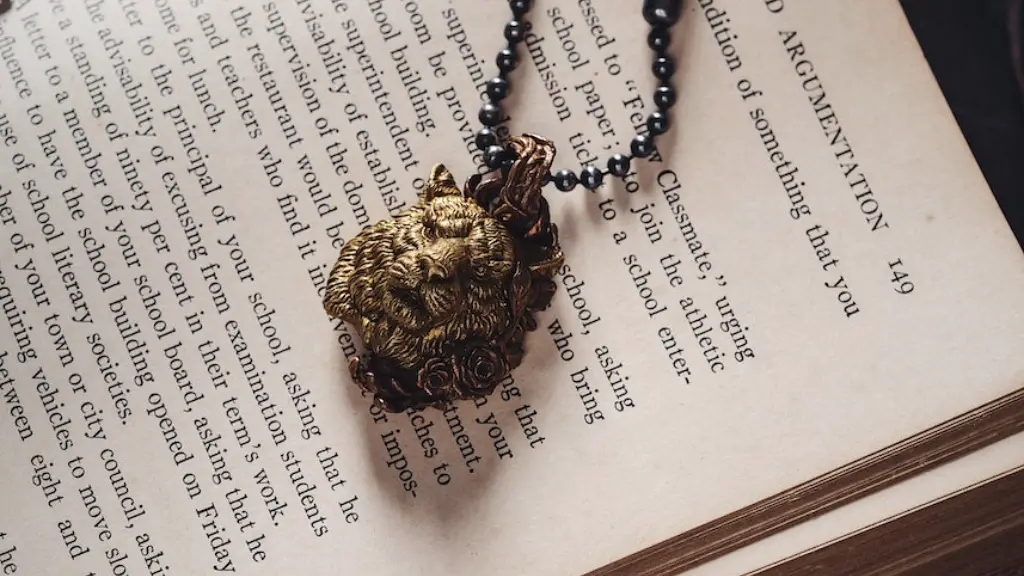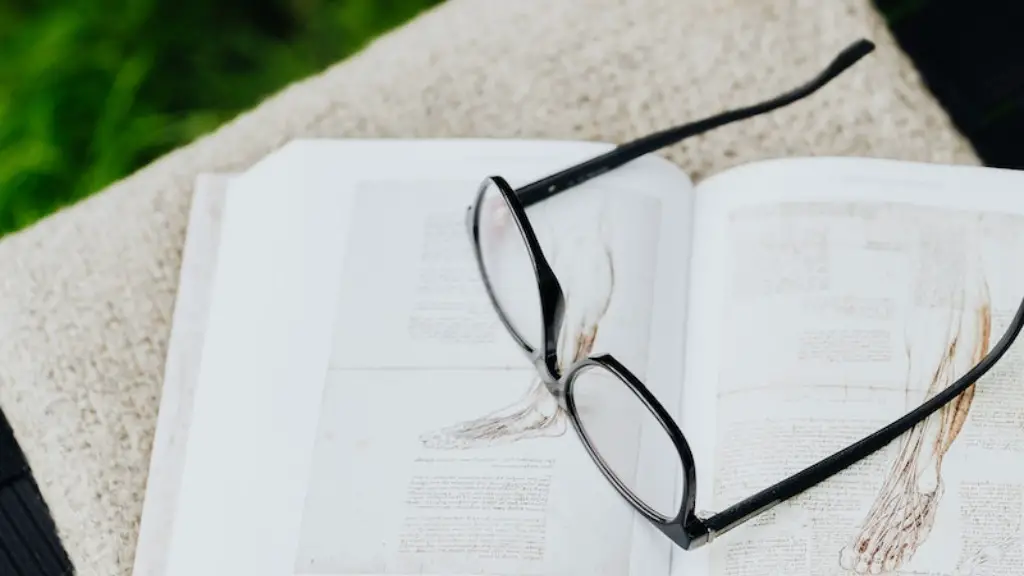What is Performance Poetry
Performance poetry is a form of verse poem in which a poet recites or performs their written work in front of a live audience. Performance poetry is different from traditional poetry readings, in that it has elements of music, storytelling, physical gestures, sound effects, theatricality, improvisation, and more. Performance poets use their work to give the audience an experience of the poem, while also drawing attention to the natural rhythms and dynamics of language. Performance poetry is often used to educate and entertain an audience, or to express a deep emotion that cannot be expressed through traditional poemedic forms.
One of the most important aspects of performance poetry is that it is a collaborative art form. It seeks to reach an audience for its deep emotions, to create an atmosphere, to entertain, to share stories, and to create an experiential space for all involved. By performing their written poems, the poet engages the audience in a shared experience and allows them to gain an understanding or a perspective that cannot be expressed through traditional poetry forms. It is a means of connecting with others and exploring the complexity of life.
Performance poetry is deeply rooted in the spoken word scene, which has grown in popularity since the 1980s. Many performance poets have backgrounds in hip hop, slam poetry, theatre, and other art forms. It is also connected to the ‘folk arts’ tradition of storytelling and oration. The beauty of this art form lies in the freedom it allows the poet to express themselves in a way that is both accessible and meaningful. Performance poetry challenges the notion of who is allowed to speak and what stories are told, thus becoming a powerful tool of self-expression and political commentary.
From a technical standpoint, performance poetry also focuses on craft and technique. Poets use different methods to tell their stories such as a spoken word, raps, choral recitation, or a combination of all three. Performance poets need to understand audience dynamics and how to engage the audience with their work. They also need to be able to use the rhythm and punctuation of their words to convey meaning, as well as gain skills in the structure and form of their written pieces.
At its core, performance poetry is about using your voice to tell a story and to express yourself. It is a powerful tool of communication and connection, and a way to challenge the status quo. As the art form continues to grow, performance poets have the opportunity to explore new techniques,forms, and ways of expressing poetry, pushing the boundaries of the traditional poetry forms.
The Background of Performance Poetry
The contemporary performance poetry scene is rooted in many different traditions including the ‘bardic’ tradition of oral literature associated with Northern and Central European cultures, the ‘word-smithing’ techniques which emerged from the hip-hop and street culture of the 80s and 90s, the theatre of the Prophetic Poets, the first explosion of spoken word poetry in North America and the emergence of the poetry slam scene. The latter has become very popular in recent years and has provided a platform for performance poets to share their work with a wider audience.
The current performance poetry scene began to take shape in the 1920s and 30s with the development of performance art and became increasingly popular during the civil rights movement when many poets found a means to express their thoughts and feelings. Performance poetry has since become a popular art form and has been a channel for political commentary and social change. Some of the most notable poets in the scene include Gil Scott-Heron, Amiri Baraka, Saul Williams, and Patricia Smith.
The world of performance poetry is ever-changing. As technology advances and more poets join the scene, the art form continues to evolve and diversify. Different genres and styles of performance poetry have emerged and continue to broaden the scope of the form. From theatre to rap to spoken word, the landscape of performance poetry is constantly shifting and adapting to new trends.
Performance Poetry in Education
Performance poetry has become increasingly popular in schools and educational institutions. It provides an avenue for students to learn and express themselves in a creative and engaging way. It is a great way to promote literacy and encourage students to think critically and write diversely. With its emphasis on rhythm, language, and creativity, performance poetry can help increase student engagement and create meaningful learning experiences.
Performance poetry can also be used to explore topics like race, gender, and social justice. Through performance poetry, students can gain an understanding of the complexity of these issues while also developing empathy and respect. This encourages students to use their voice to create positive social change and promotes an open dialogue about difficult topics.
In addition to its educational value, performance poetry provides an opportunity for students to gain confidence in their abilities to express themselves and share their stories. It can be used to foster an environment of mutual respect and understanding. Performance poetry can also provide much needed inspiration during difficult times and provide students a platform to express their emotions and experiences.
The Benefits of Performance Poetry
Performance poetry has many benefits, both for the individual and for society as a whole. It provides an outlet to express and explore emotions, experiences, and opinions in an accessible and engaging way. It allows the poet to have a voice and to share their stories with a larger audience. It also helps create a sense of connection and understanding among those with shared experiences.
Performance poetry also promotes mental health. It can provide comfort and security, a means of self-expression and self-exploration, and can offer a platform to work through difficult emotions. It also encourages social and political engagement, provides an opportunity to discuss difficult issues, and can create an atmosphere of understanding and respect.
Performance poetry is also a powerful art form that has the potential to impact culture, society, and individual lives. The art form provides a platform for discussion and understanding, and a way to confront challenging issues. The poet is able to create a shared experience between the audience and the performer, and to offer a new perspective that might not have been Possible without performance poetry.
Conclusion
Performance poetry is a powerful and accessible art form that allows for expression, engagement, and understanding. It encourages creative writing and provides a platform for creative expression and exploration. Whether used as a means of self-expression, political commentary, social engagement, or educational tool, performance poetry continues to have a lasting impact on the world.



